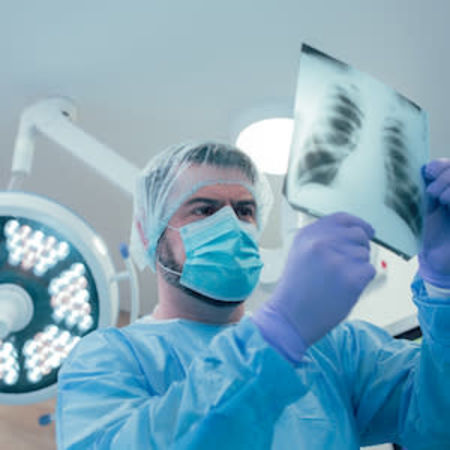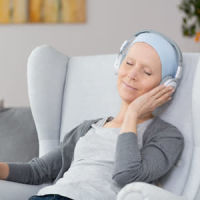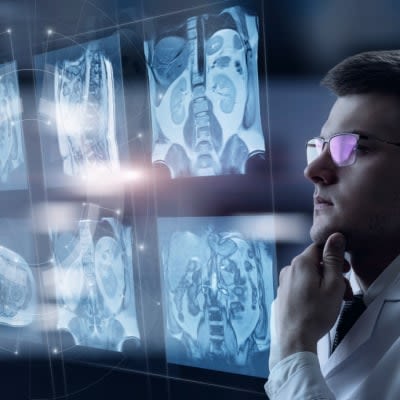Coronavirus disease 2019 (COVID-19) was declared a public health emergency by the World Health Organization (WHO) in January 2020. Radiologists have played a critical role in patient management and COVID-19 diagnosis since the beginning of this pandemic. Real-time polymerase chain reaction (RT-PCR) remains the standard of reference for COVID-19 detection.
However, healthcare professionals are exposed to a higher risk of infection due to close patient contact and invasive patient care. In particular, interventional radiologists and technicians are at an increased risk. Many factors are at play here: staffing, personal protective equipment resources, financial support, lack of training, experience or risk management plan, emotional wellbeing etc. To deal with the increased demand and the rapidly changing information regarding COVID-19, many radiology departments had to restructure their workflows and financial strategies.
At ECR 2022 this week, Andreas Michael Bucher, Frankfurt, Germany, presented the findings from RACOON: The German nationwide Radiological Cooperative Network for imaging research on COVID-19 and beyond. The anonymous online survey was conducted among more than 10 000 radiologists/technicians in Germany from January 5 to January 31, 2021. A total of 862 responses were received from physicians and radiologic personnel.
The goal of the survey was to analyse changes in radiological health workers’ opinions regarding the measures taken from the first to the second wave. This information could be used to identify possible strengths and weaknesses of current developments in crisis management and identify measures that need improvement.
The findings from the survey showed that during the first and second wave of COVID-19, 70% of inpatient and 26% of outpatient head physicians reported they received financial support from the authorities. However, a large majority of these respondents rated this support to be insufficient. During the first and second waves of the pandemic, 33% and 80% of outpatient technicians agreed they received adequate personal protective equipment (PPE) and the overall feeling that there was a lack of PPE improved during the second wave. 72% and 84% of inpatient technicians reported increased workload during the first and second waves, respectively.
Overall, these survey findings demonstrate that technicians were increasingly negatively affected by the COVID-19 pandemic in Germany. The overall feeling regarding financial support was that the authorities needed to do more. Accessibility of PPE resources was found to improve during the second wave, but overall, financial and consulting support from the government could be better.
Image Credit: iStock
References:
Bernatz S, Afat S, Othman AE et al. (2022) RACOON Consortium. Impact of the COVID-19 Pandemic on Radiology in Inpatient and Outpatient Care in Germany: A Nationwide Survey Regarding the First and Second Wave. Rofo. 194(1):70-82. English. doi: 10.1055/a-1586-3278.
Latest Articles
Radiology, COVID-19, pandemic, #ECR2022
#ECR2022: Impact of COVID-19 Pandemic on Radiology



























